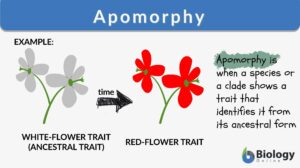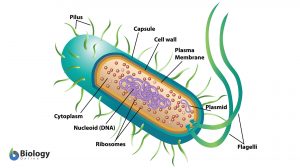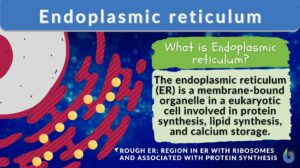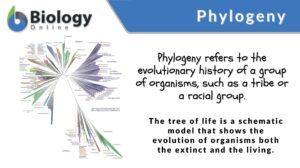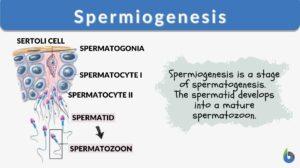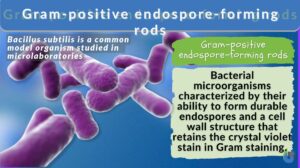Search Results for: morphology
Cell morphology
The basic essence for any living organism is its structural framework which includes appearance, form, and the... Read More
Morphology
Morphology Definition Morphology means the study of the shape and structure of living things from a biological perspective.... Read More
Cytomorphology
Definition noun The study of cellular morphology Supplement Cytomorphology is useful in determining the external features of... Read More
Intercalary meristem
The basic structural framework of plants is composed of different types of tissues. Based upon the capacity to divide, the... Read More
Eubacteria
Eubacteria are prokaryotic microorganisms consisting of a single cell lacking a nucleus and containing DNA is a single... Read More
Endoplasmic reticulum
Endoplasmic Reticulum Definition The endoplasmic reticulum is a membrane-bound organelle in cells of eukaryotic cells... Read More
Gram-negative
Definition adjective Of, or relating to the group of bacteria that take the color of the counterstain (i.e. pink) under the... Read More
Overview of Chirology
Psychodiagnostic Chirology (PDC) is a comprehensive diagnostic discipline applied by professional behavioral specialists in... Read More
Macrophytes
Introduction Examples of Macrophytes. (Source: Canada's AquaticEnvironments) ... Read More
Metaphloem
Definition noun, plural: metaphloems A component of the primary phloem that develops often following the differentiation of... Read More
Osseous tissue
What Is Bone Or Osseous Tissue? Osseous tissue is the structure providing, hard and mineralized connective tissues. Osseous... Read More
Protophloem
Definition noun, plural: protophloems The first phloem to develop from the procambium Supplement The phloem is a vascular... Read More
Phylogenetics
Phylogenetics Definition Phylogenetics is the scientific study of phylogeny. It studies evolutionary relationships among... Read More
Spermiogenesis
Spermiogenesis Definition Spermiogenesis is the stage of spermatogenesis wherein the spermatids differentiate into mature... Read More
Entomology
Definition noun The scientific study of insects Supplement Entomology is a branch of biology dealing with the study of... Read More
Gram-positive endospore-forming rods
Gram-Positive Endospore-Forming Rods Definition Gram-positive endospore-forming rods are a group of rod-shaped bacteria... Read More
Living things
Living Things Definition A living thing pertains to any organism or a life form that possesses or shows the characteristics... Read More
Neisseria mucosa
Definition Noun A gram-negative mucoid cocci bacterium involved in several human infections including cerebrospinal fluid... Read More
What is a species? Definition of species, different approaches
What is the definition of species? What does it take to be considered as a species? Ever since there has been an array of... Read More
Phylogenetic tree
Definition noun, plural: phylogenetic tree A tree diagram that shows the evolutionary histories and relationships of groups... Read More
Entomologist
Definition noun A scientist of entomology; a person scientifically studying insects Supplement Entomology is a branch of... Read More
Archaellum
Definition noun, plural: archaella A whip-like structure of filaments that extends outside the cell of many... Read More
Taenia saginata
Definition noun A tapeworm species of class Cestoda, and is commonly known as the beef tapeworm that parasitizes humans and... Read More
Bone matrix
Bone Matrix Definition Bone matrix refers to the matrix component of bone tissue. It provides the structural framework and... Read More

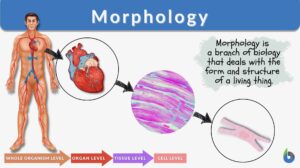




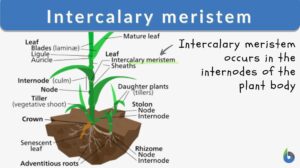


![Botany n., [ˈbɑt.ə.ni/] botany definition and example](https://www.biologyonline.com/wp-content/uploads/2019/10/botany-definition-and-example-300x168.jpg)
